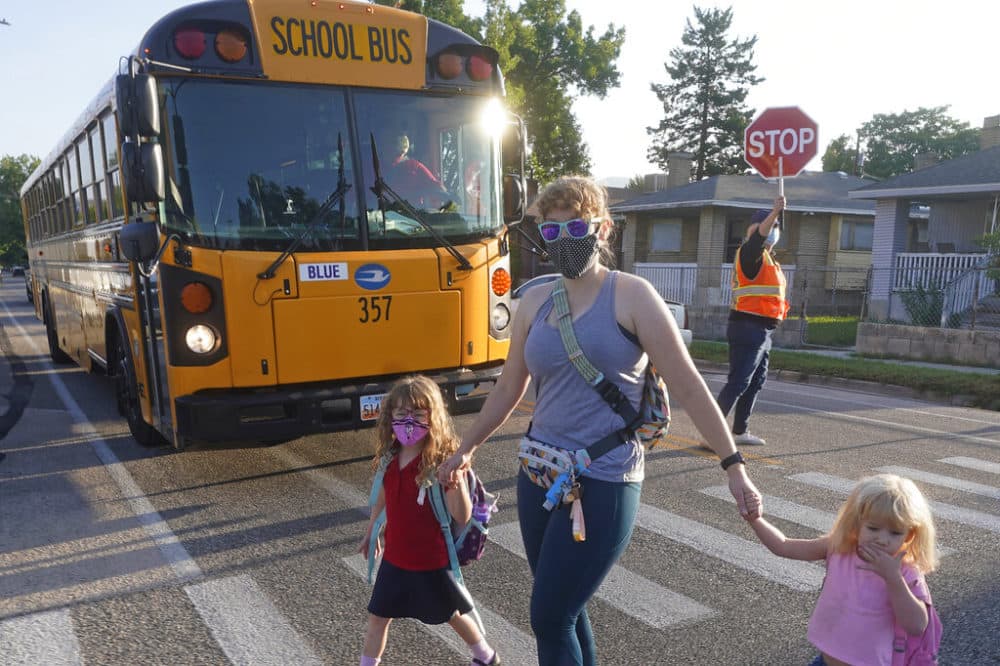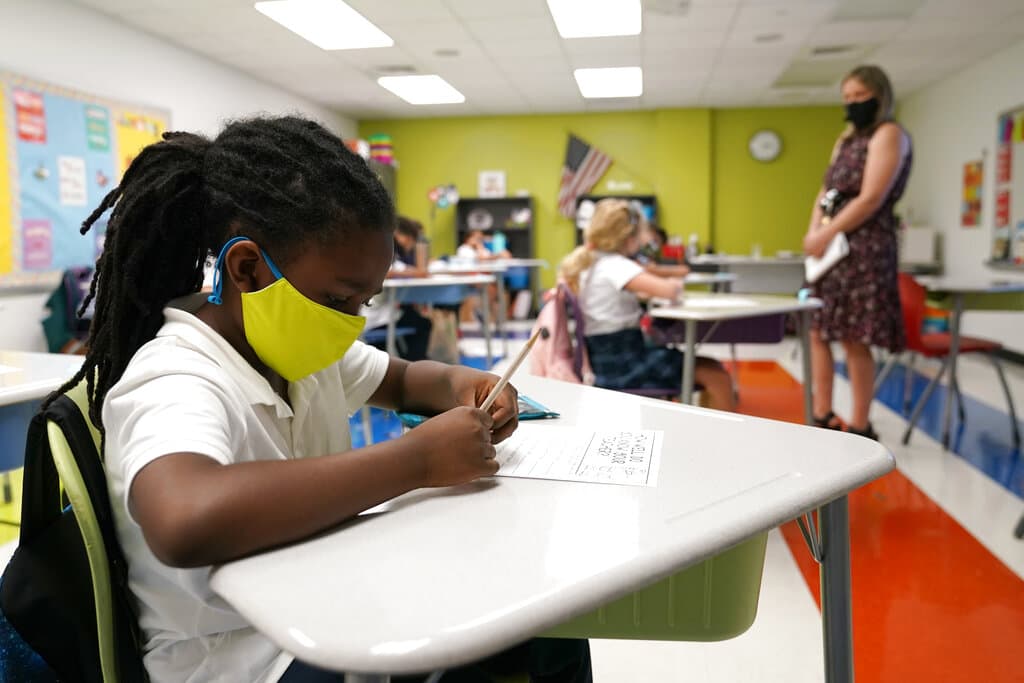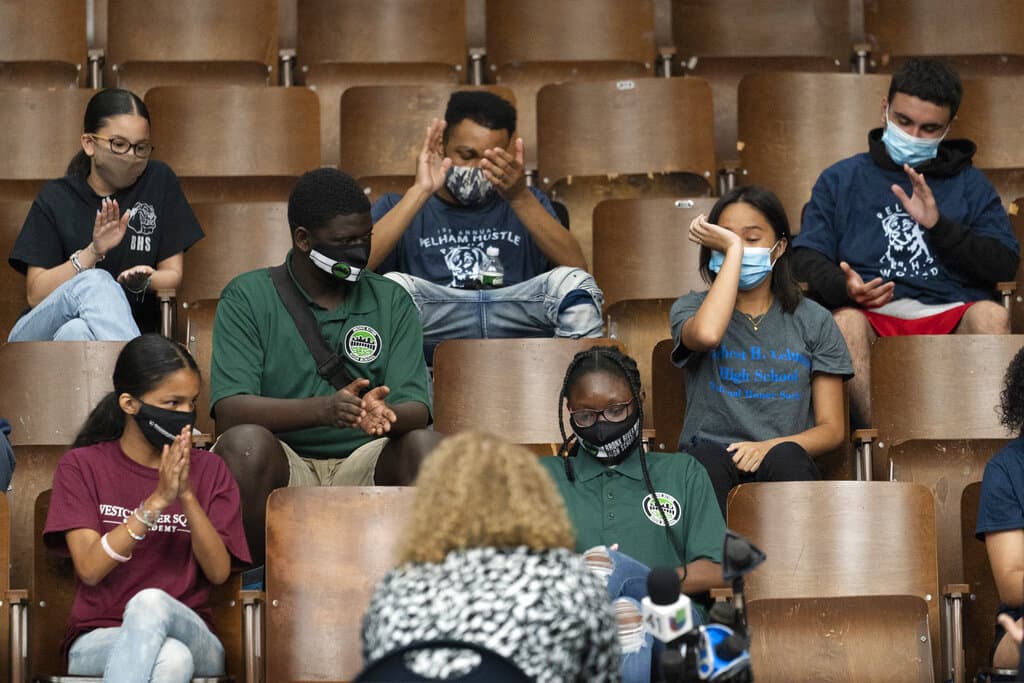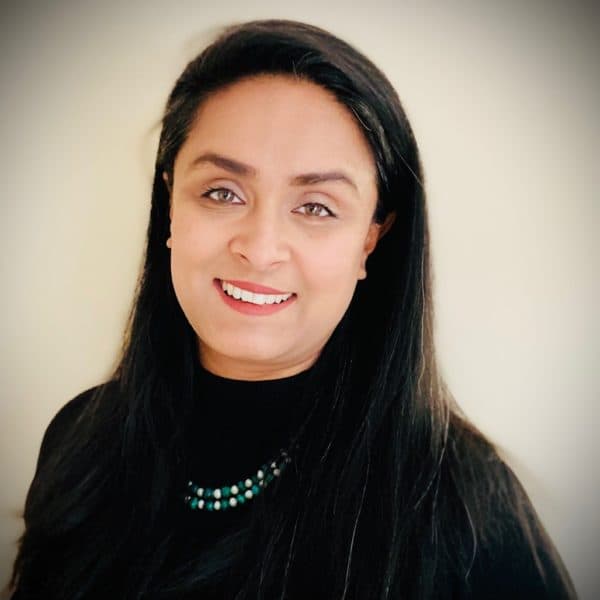Advertisement
Commentary
The Pandemic Is Still Here. How Can We Help Kids Return To School?

Parents in the Boston area are preparing for our second fall during the COVID-19 pandemic. As parents of 4-year-old and 14-year-old boys, eagerly anticipating their first days of pre-kindergarten and high school, we are, too.
In the U.S., much has improved from last year. Many of us have been able to reconnect in-person with family and friends, some children attended in-person summer camps, and travel possibilities increased. However, this early summer relief has rapidly dissipated with worries about the delta and other variants. Evolving information and what feels like daily policy changes, in the face of rising COVID-19 cases, particularly among children under 12 who are not yet vaccine eligible, add to our cognitive and decision-making fatigue.
How do we prepare our children when we are uncertain about the future? While the details of school reopening and many aspects of our daily lives this fall remain unclear, three time-tested experiential truths can still guide us.
First, change, even when positive, is hard. As always, we can begin by listening to our children's unique experiences and questions about returning to school. Every fall involves transition, and even more so this year. Young children who have lived a substantial portion of their life in the pandemic may assume that masking is the way of life in daycare or preschool but may still show some separation anxiety. Their questions might range from creative, wishful problem-solving (“Could robots get rid of the virus?) to more concrete queries (“Why are shots only for grownups?”).
In contrast, a high school student's questions might be more about milestones relevant to their future, such as whether standardized tests, made optional during the pandemic, will be mandated again and whether prom will happen.

Second, acknowledging losses is critical. We've suffered significant losses; over 630,000 Americans have died, leaving many more children bereaved. But the numerous more minor losses in our children's daily lives may go under-recognized. Favorite shops and restaurants have closed. Friend groups have changed; families moved or changed schools during the pandemic, and some will not return. Activities we took for granted, such as school choirs, or dances, may never look the same again. Families have missed graduations and other milestones. Even for children going back to their previous schools, nothing will be as it was in February 2020. Even though in theory, our professional roles prepared us for this, we have both been surprised by the waves of grief that come forth in the moments of calm following months of survival-mode functioning.
Third, the reality is messy. The words we use and the level of detail we share with children depend on their age and each family's unique needs, but we need not fear apparent contradictions or the complexities of our experiences. While we continue to get comfortable with answering, “I don’t know” to many of our children’s questions, we can also communicate the value of flexibility in the face of changing risk assessments. We can avoid unrealistic positivity in favor of realistic reassurance and genuine connection capable of holding a range of mixed feelings. Return to school might be welcome, but maybe not all the time, and some aspects might still worry us.

The fact is: In the face of prolonged duress, it is understandable not to feel okay. Indeed, many children and teenagers are reporting anxiety or depressive symptoms, which might not change immediately. While past mass disaster research suggests that most children will not develop lasting mental health disorders, we will all continue to feel the psychological repercussions of this communal trauma for a while.
All of us develop narratives about our experiences. Children co-create their narratives in conversations with grownups, usually parents. Whether through play, storybooks, family legacies that parents and grandparents share in their stories, or folklore or mythology, stories provide fertile space to explore associations between events, experiment with ideas about cause and effect, and develop our sense of ourselves in the world — our personal scripts. These scripts guide our expectations and how we understand the world.
In exploring our children's narratives, we can help remind them of their strengths, highlighting specific small "wins" when they successfully negotiated challenges in the pandemic. We can remind them that they are not alone. There are helpers (teachers, counselors, nurses, etc.) available for them, and there is value in seeking support. We can also look towards powerful examples of young people who have shared their own stories of prioritizing their mental health. In doing so, we bolster children’s developing emotional awareness and their capacity to hold emotional complexity. Additionally, reflecting on what has changed since the last school year (for example, many high schoolers will be vaccinated) and what might be the same (masking is likely to continue) can help them anticipate and plan. Importantly, these conversations are also opportunities to consider broader lessons from the pandemic, such as the value of health as a public good.
Finally, as we begin to readjust sleep schedules to align with school re-openings, we — parents and caregivers — can also pause to think of our internal narratives. We can choose to edit our scripts of parental guilt consciously. Our collective burnout needs systemic change.
However, for now, we can honor our needs and find agency where possible. Our children rely on our well-being. By supporting ourselves, we provide a powerful model for their future.

